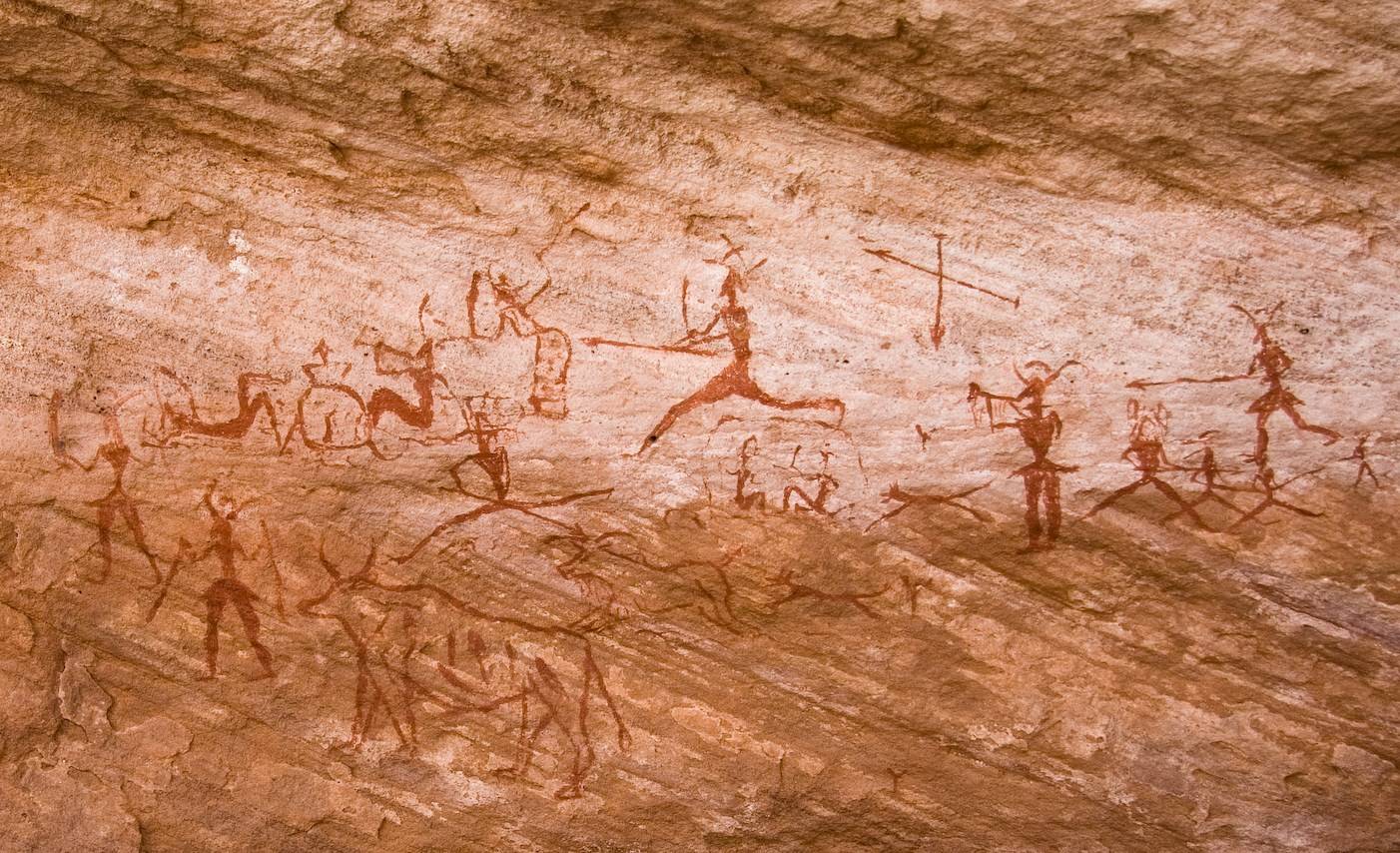Summary
Tassili n’Ajjer is a vast plateau in southeastern Algeria, at the borders of Libya, Niger, and Mali, covering an area of over 72,000 km2. It is renowned for its prehistoric rock art and other ancient archaeological sites, which are believed to date back to the Neolithic era. The area was designated a UNESCO World Heritage site in 1982, recognized for both its cultural and natural significance. The rock art provides a chronological account of the environmental changes, wildlife, and the life of the people who lived there from 6000 BC to the first centuries of the present era.
Get your dose of History via Email
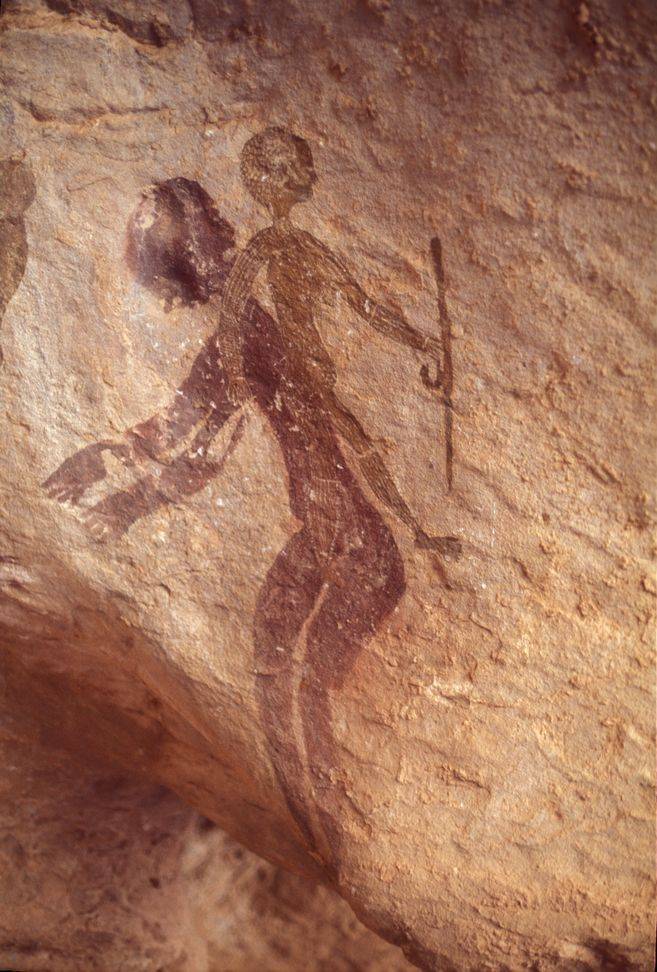
What is the significance of the rock art in Tassili n’Ajjer?
The rock art of Tassili n’Ajjer holds immense historical and cultural significance. It provides a unique window into the past, revealing insights into the life, culture, and beliefs of the people who lived in the region thousands of years ago. The paintings and engravings depict a wide range of subjects, including animals, human figures, and symbolic motifs, which offer clues about the environment, social structure, and spiritual beliefs of these ancient societies.
These artworks are not just historical records; they are also artistic achievements. Despite their age, many of the paintings and engravings exhibit a remarkable level of detail and creativity, showcasing the artistic prowess of our ancestors. The variety of styles and techniques used also reflect the diversity and evolution of rock art traditions in the region.
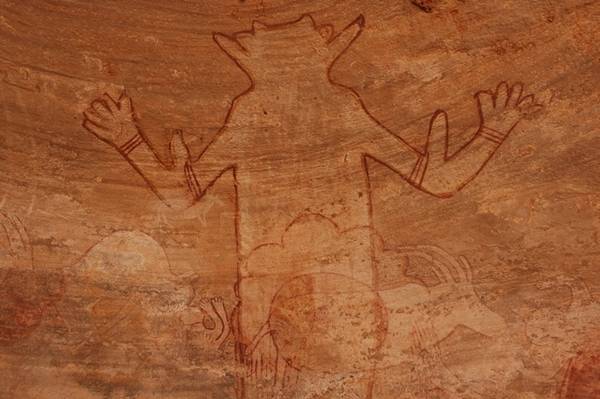
Moreover, the rock art of Tassili n’Ajjer is significant for its sheer volume and concentration. With tens of thousands of paintings and engravings spread over a vast area, it represents one of the world’s largest and most impressive collections of prehistoric rock art. This abundance and diversity make Tassili n’Ajjer a key site for the study of prehistoric art and culture.
Finally, the rock art of Tassili n’Ajjer holds spiritual significance for local communities. Many of the sites are considered sacred and are associated with local myths, legends, and rituals. They are not just remnants of the past, but living cultural landscapes that continue to hold meaning and value for the present-day inhabitants of the region.
Thus, the rock art of Tassili n’Ajjer is significant on multiple levels – as a historical record, an artistic achievement, a research resource, and a cultural heritage site.
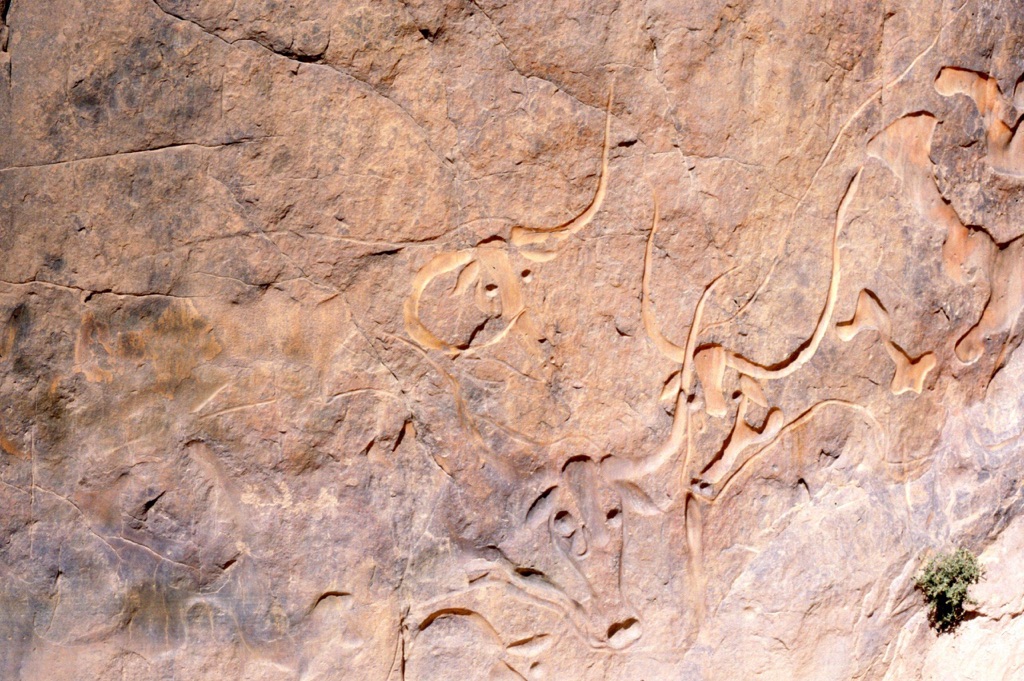
What era does the rock art in Tassili n’Ajjer belong to and what does it depict?
The rock art in Tassili n’Ajjer spans several eras, from the Neolithic period to the first centuries of the present era. The earliest paintings and engravings are believed to date back to around 6000 BC, during the so-called “Round Head” phase. These artworks typically feature large, round-headed human figures, often in complex scenes with animals and other figures. They are thought to represent a hunter-gatherer society that lived in the region when it was still a lush, green savannah.
Over time, the style and subject matter of the rock art evolved, reflecting changes in the environment and society. Around 4000 BC, during the “Pastoral” phase, the art began to depict domesticated animals such as cattle, sheep, and goats, indicating the transition to a pastoralist lifestyle. The human figures also became more detailed and naturalistic, often shown in dynamic poses and activities such as hunting, dancing, and herding animals.
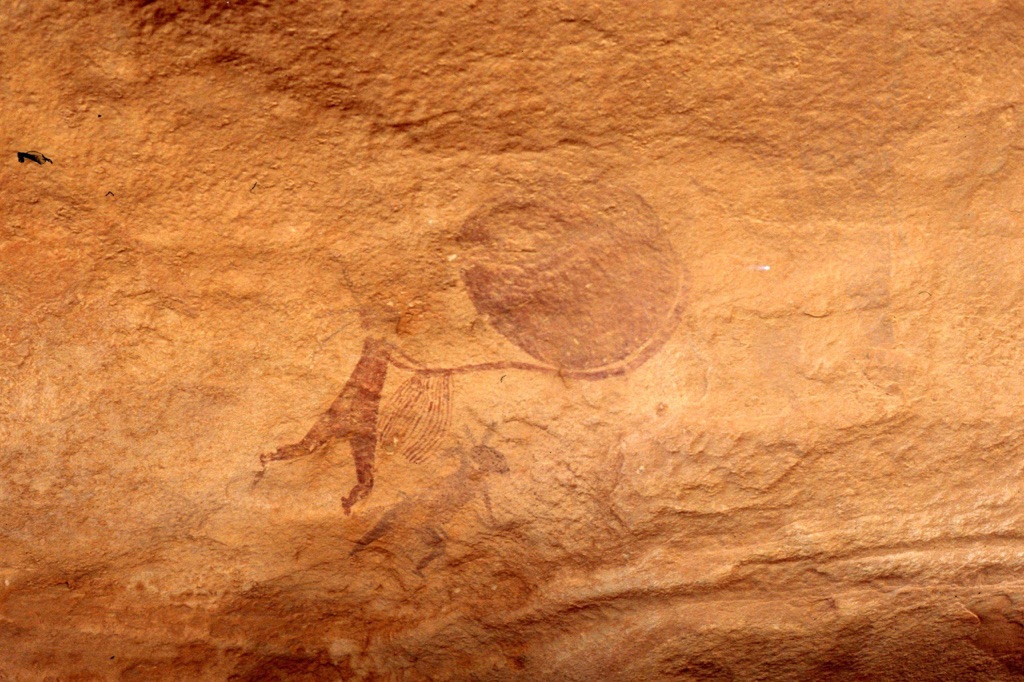
From around 2000 BC, during the “Horse” phase, the art started to feature horses and chariots, reflecting the introduction of these elements into the region. The scenes became more complex and narrative, often depicting battles, ceremonies, and other social events. The style also became more schematic and abstract, with a greater use of symbols and geometric patterns.
Finally, from around 100 AD, during the “Camel” phase, the art began to depict camels and scenes of nomadic life, reflecting the shift to a desert environment and a nomadic lifestyle. The style became even more stylized and symbolic, with a focus on religious and magical themes.
Thus, the rock art of Tassili n’Ajjer provides a chronological account of the environmental changes, wildlife, and the life of the people who lived there over thousands of years.

How can I visit Tassili n’Ajjer and what should I expect to see there?
Visiting Tassili n’Ajjer can be a challenging but rewarding experience. The area is remote and difficult to access, with limited infrastructure and services. However, there are several tour operators that offer guided trips to the area, usually starting from the town of Djanet. These tours typically involve a combination of 4WD driving and trekking, and can last anywhere from a few days to a couple of weeks.
Once in Tassili n’Ajjer, visitors can expect to see a stunning landscape of sandstone mountains, deep canyons, and vast sand dunes. The area is also home to a unique flora and fauna, including several endemic and endangered species. However, the main attraction is, of course, the rock art. There are thousands of sites scattered across the area, some of which are easily accessible, while others require a bit of hiking.
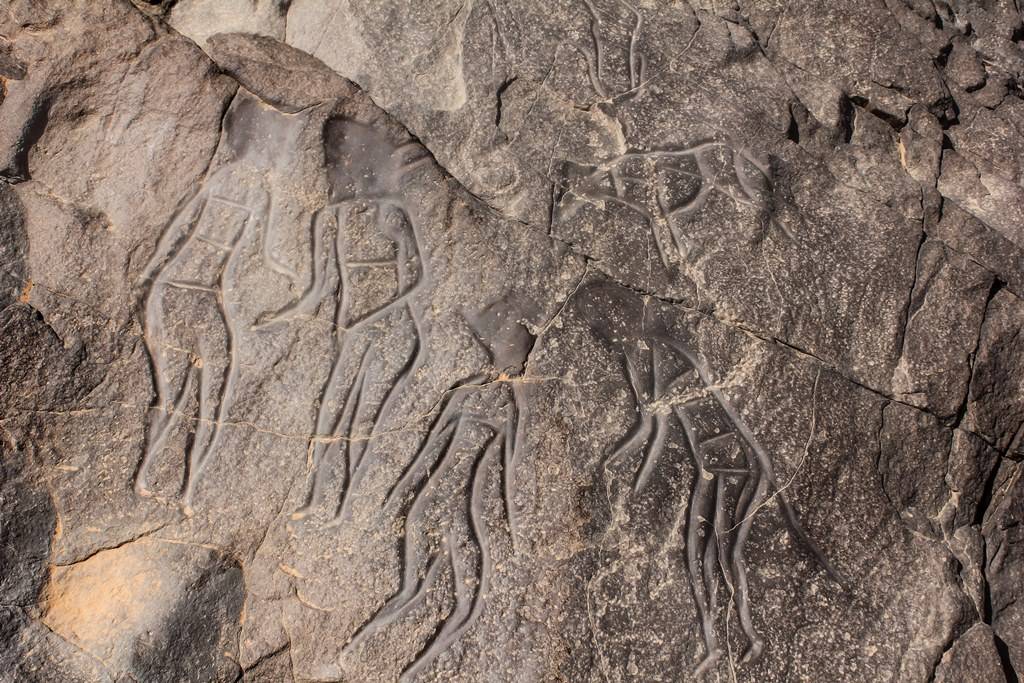
The rock art sites are incredibly diverse, both in terms of style and subject matter. Visitors can see everything from large, round-headed figures of the “Round Head” phase, to detailed scenes of pastoral life, to stylized depictions of horses and chariots, to symbolic images of camels and nomadic life. Some of the most famous sites include Sefar, Jabbaren, and Tin Tazarift, each of which boasts hundreds of individual paintings and engravings.
Visiting Tassili n’Ajjer is not just about seeing the rock art, but also about experiencing the silence, the solitude, and the sense of timelessness that pervades this ancient landscape. It’s a place that invites reflection and wonder, and that leaves a lasting impression on all who visit.
However, visitors should be aware that Tassili n’Ajjer is a protected area and a World Heritage site. It’s important to respect the environment and the cultural heritage, and to follow the guidelines and regulations set by the local authorities and tour operators.
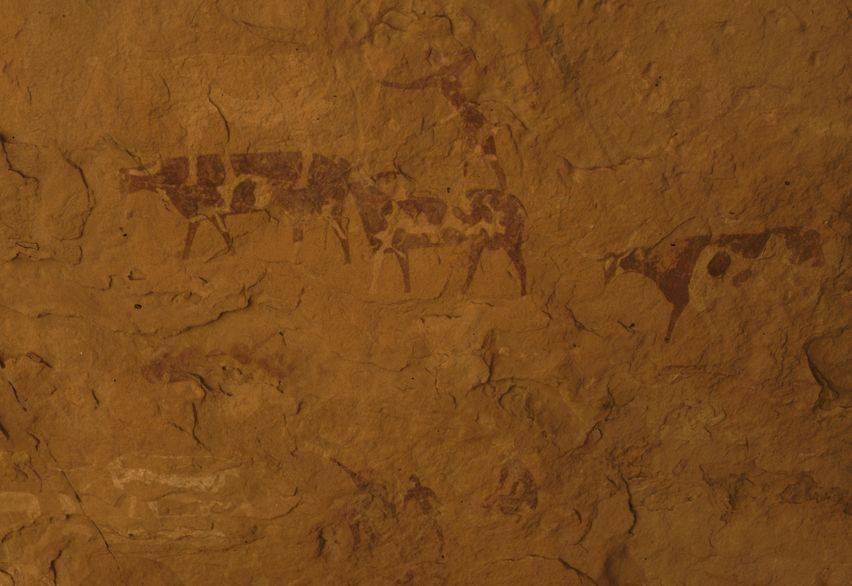
What is the geographical and ecological significance of Tassili n’Ajjer?
Tassili n’Ajjer is not just a cultural heritage site, but also a natural heritage site of global significance. Geographically, it’s a unique landscape of sandstone mountains and plateaus, carved by erosion into a maze of canyons, cliffs, and arches. This rugged terrain, combined with its location at the crossroads of the Sahara, the Sahel, and the Mediterranean, makes it a hotspot of biodiversity.
The area is home to a unique flora and fauna, adapted to the harsh desert conditions. It boasts over 300 species of plants, many of which are endemic, meaning they are found nowhere else in the world. These include several species of prehistoric plants, known as “relict species”, which have survived from the time when the Sahara was a green savannah.
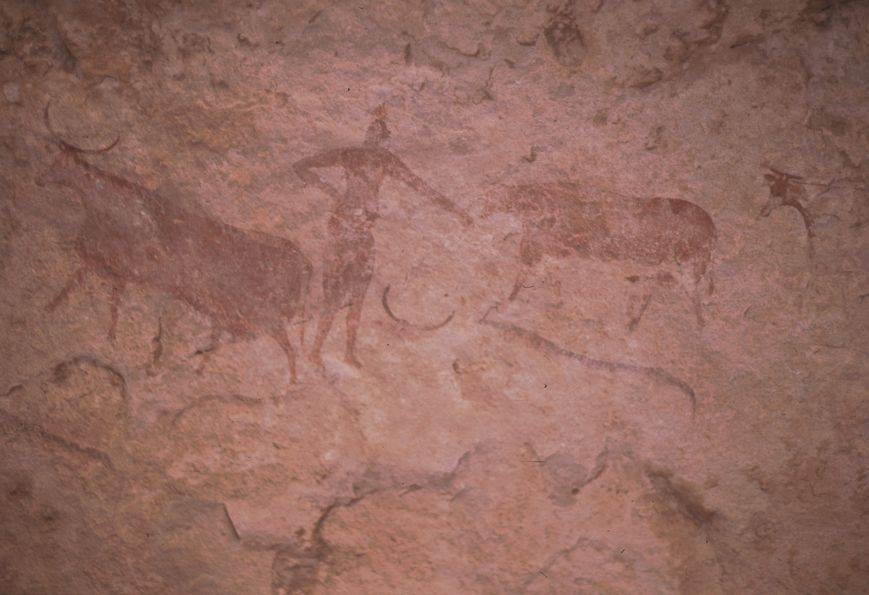
The fauna of Tassili n’Ajjer is equally diverse and unique. It includes several species of mammals, birds, reptiles, and insects, some of which are endangered or endemic. Notable species include the Barbary sheep, the fennec fox, the Algerian hedgehog, and the Saharan cheetah. The area is also an important stopover for migratory birds.
However, the ecological significance of Tassili n’Ajjer goes beyond its biodiversity. The area plays a crucial role in the local and regional climate, acting as a “water tower” that captures and stores rainwater, and as a “carbon sink” that absorbs CO2 from the atmosphere. It also provides important ecosystem services, such as grazing land for livestock, medicinal plants for local communities, and tourism opportunities for the local economy.
Thus, Tassili n’Ajjer is a unique and valuable natural asset, which needs to be protected and managed for the benefit of present and future generations.
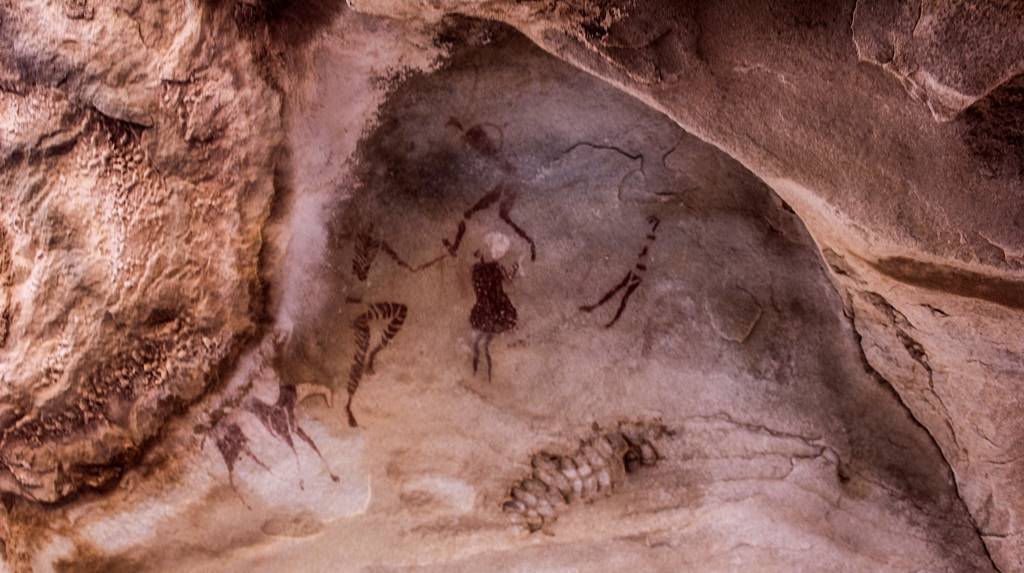
What challenges are faced in the conservation of the rock art in Tassili n’Ajjer?
The conservation of the rock art in Tassili n’Ajjer faces several challenges. One of the main challenges is the harsh desert environment, which can cause physical damage to the rock surfaces. Factors such as wind erosion, sand abrasion, temperature fluctuations, and moisture can lead to the weathering, cracking, and peeling of the rock art.
Another challenge is human impact. Despite its remote location, Tassili n’Ajjer attracts a growing number of tourists, researchers, and local visitors. While this can bring economic benefits and raise awareness about the site, it can also lead to damage and degradation if not properly managed. Issues include direct damage from touching or climbing on the rock art, indirect damage from pollution or infrastructure development, and illegal activities such as vandalism or theft.
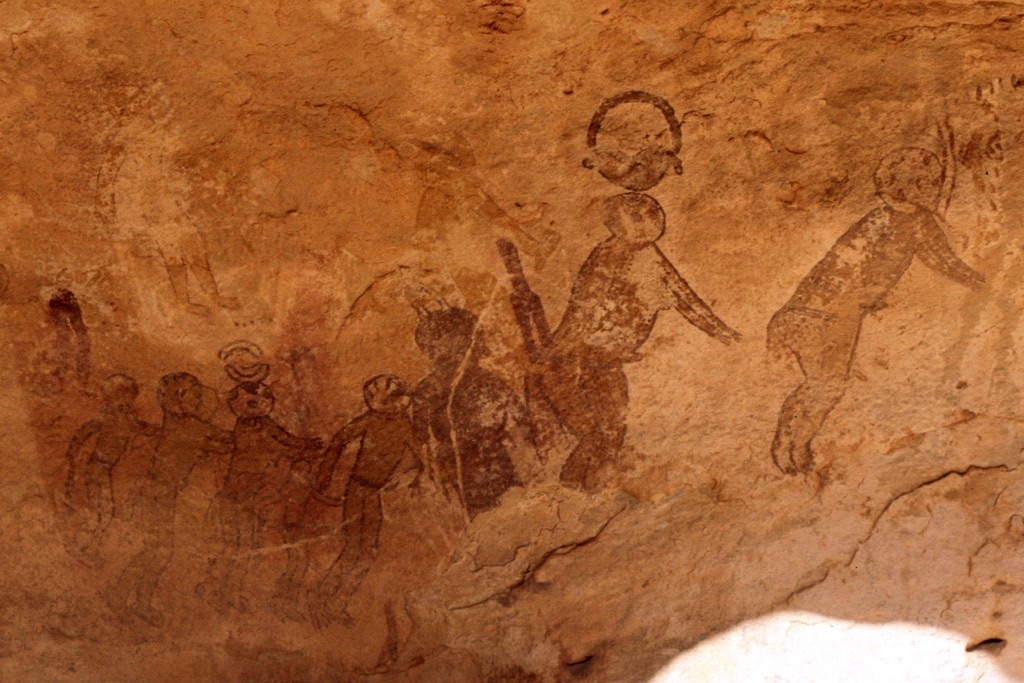
A further challenge is the lack of resources and capacity for conservation. The area is vast and difficult to monitor, and the local authorities often lack the funds, staff, and expertise needed to manage and protect the site effectively. This is compounded by the political and security situation in the region, which can hinder conservation efforts and international cooperation.
Finally, there is the challenge of balancing conservation with other needs and interests. Tassili n’Ajjer is not just a heritage site, but also a living landscape used by local communities for grazing, gathering, and other activities. These uses can sometimes conflict with conservation goals, and need to be taken into account in management plans.
Despite these challenges, there are also opportunities for conservation. Advances in technology, such as satellite imagery and digital recording, can help monitor and document the rock art. International partnerships and funding can provide resources and expertise. And local communities can be engaged in conservation efforts, ensuring that they benefit from and contribute to the preservation of their cultural heritage.
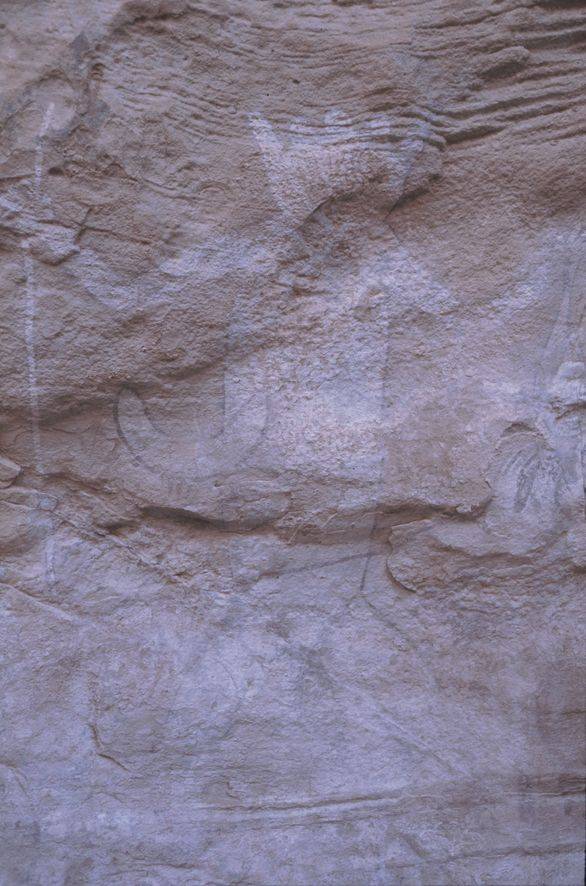
Conclusion and Sources
In conclusion, Tassili n’Ajjer is a unique and invaluable asset, both for Algeria and for humanity as a whole. Its rock art provides a unique window into our past, while its natural heritage supports a rich biodiversity and provides crucial ecosystem services. However, the site faces numerous challenges that require concerted and sustained efforts to overcome. By working together, we can ensure that this ancient landscape continues to inspire and teach future generations.
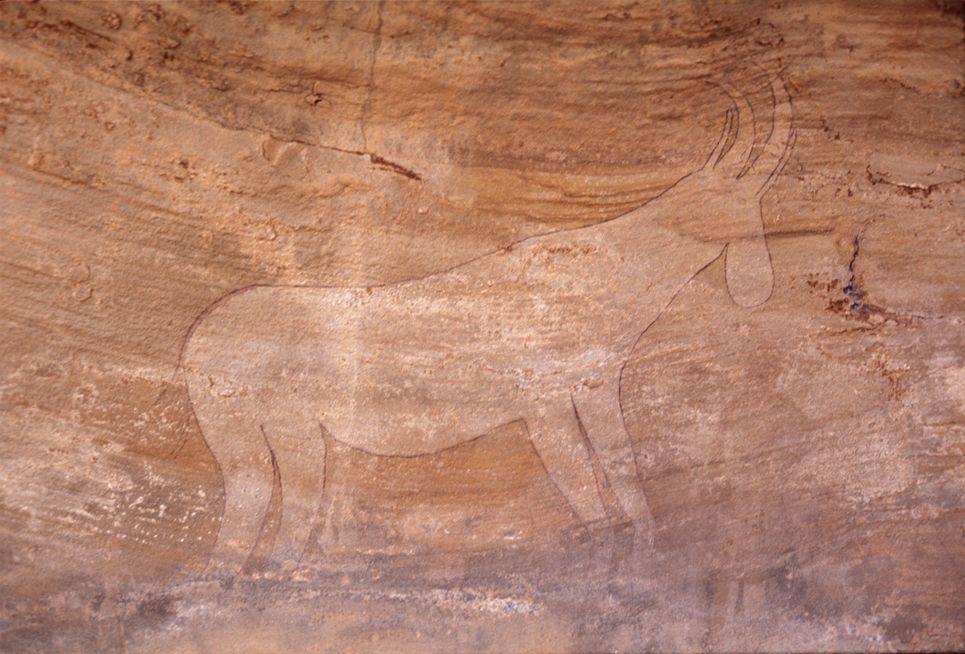
For further information, the following sources are recommended:

